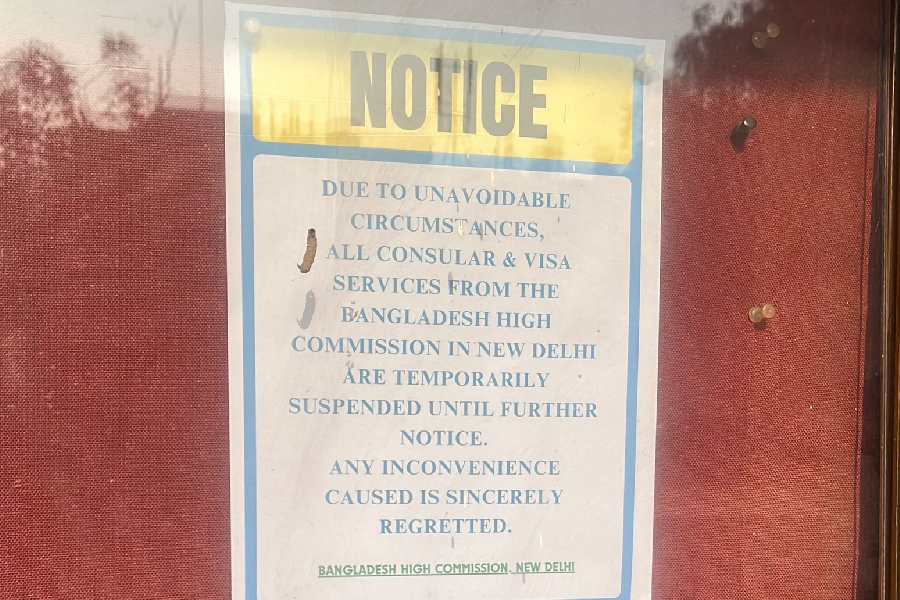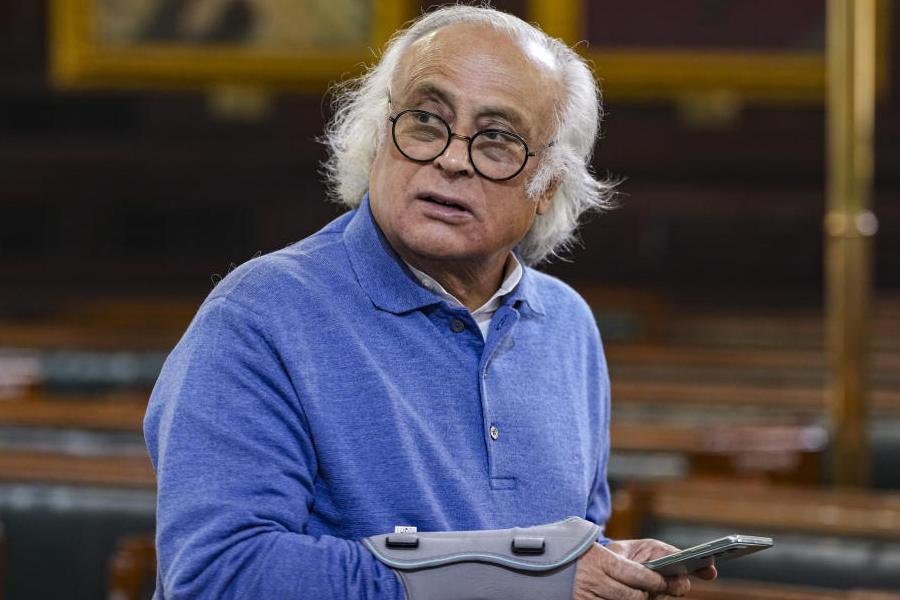 |
| (From left) A still from the film Shiraz, directed by Frantz Osten. Two posters from the exhibition |
Mumbai, Jan. 15: Indian cinema has a little-known connection with the rise of Hitler in Germany.
An exhibition of posters from the German film studio UFA (Universum Film Aktien Gesellschaft) ? one of the world’s leading studios in the 20s and 30s ? tells the strange story.
It reveals how a group of men from Germany and countries invaded by Hitler, several of them from the UFA, flocked to India in the 30s to play pivotal roles in Hindi cinema and the arts of that time.
The exhibition is a tribute to the German studio, which had to its credit “classics” like Ernst Lubitsch’s Carmen and Fritz Lang’s epic Metropolis and was claimed to have surpassed even contemporary Hollywood in might in the years after it was founded in 1917.
But soon after Hitler took over in 1933, the studio’s glory days were over and it turned into a Nazi propaganda machine.
The posters, which in the 20s showed a striking, stylised, graphic quality (almost like contemporary graphic novel illustrations), also changed tone and colour in the 30s. They became more naturalistic, conventional illustrations and were mostly about men in uniform.
It was at this time that several of its men left the studio and arrived in India, and contributed to Indian cinema’s formative years.
The foremost among them is Frantz Osten, a German whom Himanshu Rai and Devika Rani met at the UFA when they went to train there (they worked with Lang and Marlene Dietrich). Osten had already been directing films for the couple since 1925, when he made Light of Asia for them from Germany.
In 1934, he came to India and the next year, after Rai founded Bombay Talkies ? the legendary film studio in Malad that now lies in ruins ? Osten directed its first film.
He went on to direct the famous Devika Rani-Ashok Kumar starrer, Achhyut Kanya, without much knowledge of Hindi. The film, which featured the song “Main ban ke chiriya”, was shot by Joseph Wirsching; the sets were designed by Karl von Spreti and the laboratory was headed by Zolle, Osten’s team of UFA ex-members who worked for Rai’s state-of-the-art studio.
Osten and his fellow Germans directed 16 films for Rai. It was a remarkable feat for people who knew little Hindi ? mistaking the word “bulbul” once for a pair of bulls.
“It’s not clear if they had anything to do with the Nazi ideology, either way,” said film historian Amrit Gangar.
“If they did, it did not show in their films. But there were two other people who almost certainly migrated to India because of the persecution of Jews.”
They were Walter Kauffman, a scholar and composer interested in Oriental music, and Wilhelm Haas, a writer and a friend of Franz Kafka.
“Both were Jews, and Haas came to India because of Kauffman, who went on to found the Bombay Chamber Music Society,” Gangar added.
Kauffman arrived in 1934 after meeting director-producer Mohan Bhavnani at the UFA (where V. Shantaram also did a stint).
“Haas was in Czechoslovakia, but left the country for India just after Hitler’s invasion,” Gangar said.
Kauffman, Haas and Bhavnani worked together in Premnagar (1940), Naushad’s first film as music director. Kauffman composed the background score; Haas wrote the screenplay.
“It is debatable, but Kauffman is probably also the person behind the All India Radio signature tune. Haas was a member of the Indian chapter of PEN,” Gangar said. Haas also wrote the script for Bhavnani’s Jhooti Sharam (1939).
The story of Paul Zils stands out, though. Zils, believed to be a Nazi sympathiser, turned up in India under strange circumstances: he was bound for Indonesia in a steamer that got torpedoed by an Indian naval ship during World War II and he was taken prisoner.
After being released, Zils stayed on and showed a keen interest in making documentary films.
He made several films during the “nation-building” days in India under Jawaharlal Nehru’s stewardship, including one on the shipping industry that Gangar has restored.
“Although no one felt that Zils was a Nazi sympathiser, the camera in this film zooms very disturbingly on the swastika sign twice,” Gangar said.
Zils joined the Indian Films Information, which later became the Indian Films Division, and founded the Indian Documentary Producers’ Association.
As the studio system came to an end and individual producers took over, the days of the Germans in Indian cinema were over. Many, including Osten, went back to Germany. Set designer Spreti was appointed German ambassador to Guatemala ? and was later shot dead by terrorists.
Most of the others remained associated with the film world abroad.
The exhibition will travel to Delhi next month and then to Calcutta in March.










